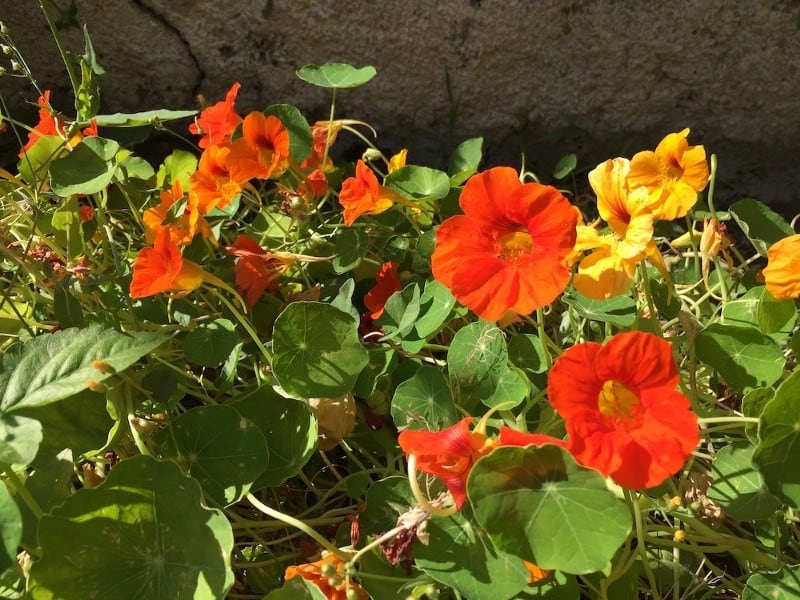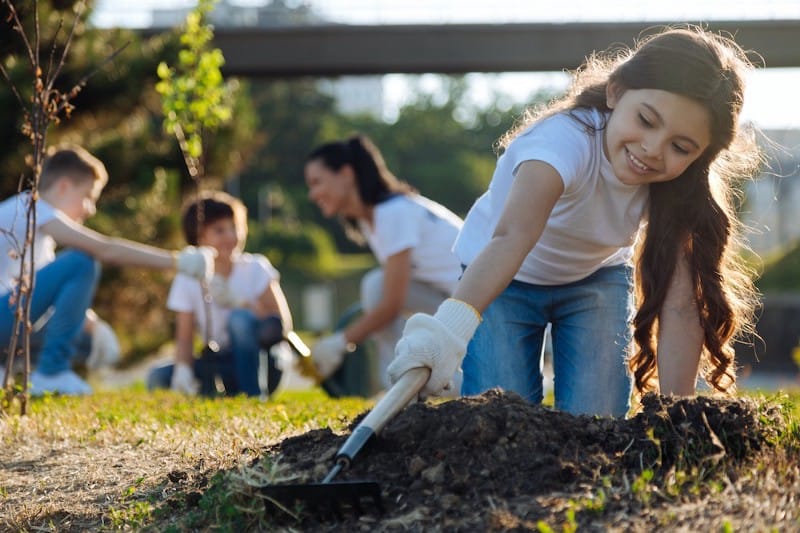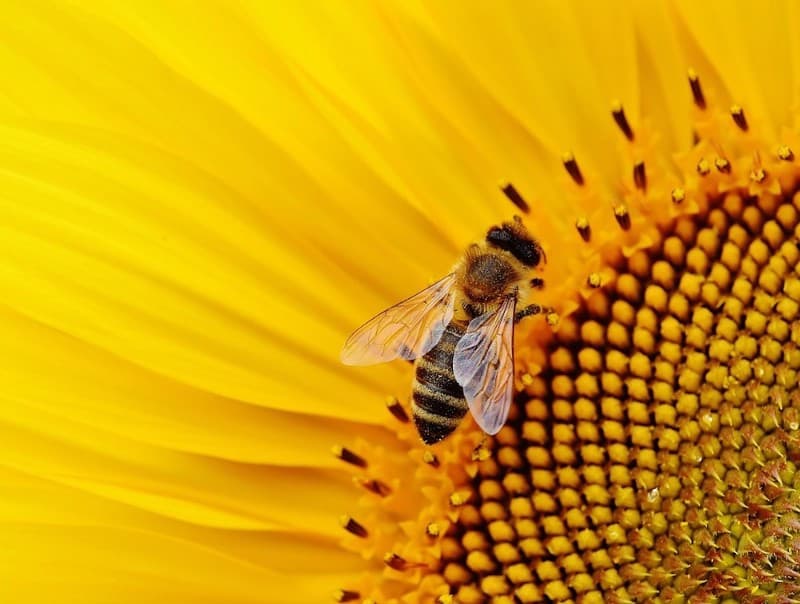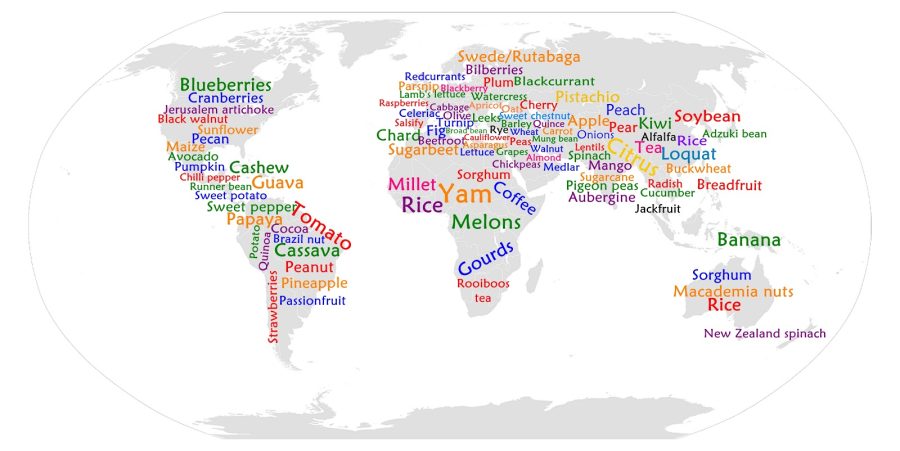
By no means an exhaustive selection of great plants for gardening with children, the following twelve plants can all be direct-sown, grow quickly and easily, and are fun to harvest for food, cut flowers, or seeds.
Corn.
Popcorn is always a hit with children, and many varieties grow quite well in a home garden. There is also a vast array of interesting Indian corns available, in a rainbow of beautiful colors. Sweet corn is another option, and nothing compares to a fresh ear right out of the garden as a refreshing snack on a September day.
Gourds.
Small gourds grow fast and dry easily to make rattles or small bottles and containers. Large gourds need a longer growing season but make a magnificent addition to the garden; they can be dried and made into birdhouses, bowls, and musical instruments.
Nasturtiums.
The leaves, flowers, and immature seeds of nasturtiums are edible and also repel certain insect pests, making them great companion plants. Trailing varieties are a nice addition to a bean tepee or sunflower house, and the bright flowers are a delight to children and adults alike.

Potatoes.
Because potatoes can be grown by just throwing them on the ground and tossing some straw on top, they are great fun to raise with children. Also try planting them in a bag or crate: Just fill it one- third of the way with soil, toss in some spuds, and cover with leaves or straw. As the shoots emerge, add more mulch, and in a few months you will have a bagful of fresh sweet spuds to eat.
Pumpkins.
Large or small, pumpkins and other squash are a favorite for children of all ages. Giant varieties, such as ‘Dill’s Atlantic Giant’, can grow to up to two hundred pounds and make excellent jack-o’- lanterns.
Smaller types are more manageable for small hands and can also be carved or used to make pie, stew, or bread. Some varieties are grown primarily for their seeds, which are a healthy snack and have been known to prevent intestinal worms.
Try making pumpkin tattoos: Use a nail to scratch children’s names or little drawings into the skin of immature pumpkin fruits. Be careful not to go too deep — just scratch the surface. When the fruit is mature, the name will appear as a healed scar on the surface, and the finished product will last months longer than a carved pumpkin.
Radishes.
Radishes are great for children because they grow very fast and can be planted in just about any space, even a small container. The brightly colored roots are ready to eat in just over a month and can be carved into rosettes or other designs.
Scarlet Runner Beans.
Jack and his beanstalk are legendary to many children, and while there are no boy-eating giants at the top of most beanpoles, runner beans are fast growing and produce brilliant red and orange flowers. The seeds are large and speckled purple and can be eaten, replanted, or used for a variety of craft projects, like beads or mosaics.
Strawberries, Raspberries, Blueberries . . .
Need I say more? Children love to hunt through the berry patch for a juicy snack, and when they’ve planted it themselves they feel a sense of pride and accomplishment with every bite.

Sunflowers.
They come in many colors, from yellow to orange, white, red, and even tiger-striped. Tall or short, large or small, sunflowers are easy to grow and are a must for any children’s garden. The cut flowers last several days, and seeds provide protein and amino acids for young bodies and wild birds alike.
Tulips.
Give a child a small shovel and a bagful of tulip bulbs, and when spring comes you will have a yard full of surprises. Tulip flowers are edible and quite delicious, and they help attract beneficial insects into the garden. The general rule for planting bulbs is to bury them twice as deep as they are long, with the pointy end up.
Turnips.
Maybe it doesn’t seem like turnips would be a hot item in the children’s garden, but many varieties grow to be quite large and can be carved and stuffed for a delicious baked meal. John Sundquist grows lots of turnips at his farm, and the children who come out for tours love to see the giant purple, orange, and white roots jutting out of the ground. Fresh turnips smell wonderful, are an excellent source of fiber, and are known to reduce cholesterol.
Zinnias.
Last but far from least, zinnias come in every color of the rainbow and are one of my personal favorite plants of all time. They bloom when they reach about three feet in height, just the right height for young eyes and noses to enjoy. One of the many beautiful gifts from Mexico to our gardens, zinnias make excellent cut flowers and can last weeks if you change the water every few days.




